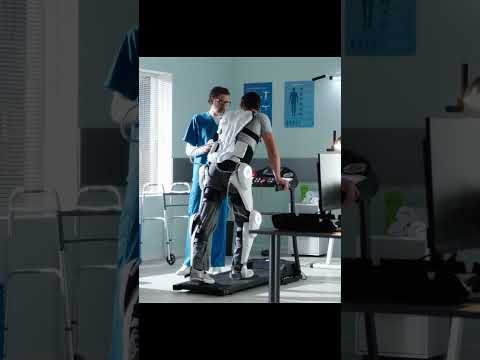
Bionic Limbs and Prosthetics: Blurring the Line Between Man and Machine
- 0
In recent years, the advancements in technology have enabled scientists and engineers to create astonishingly sophisticated bionic limbs and prosthetics. These incredible developments are not just improving the lives of individuals with limb loss or congenital disabilities but are also revolutionizing the way we perceive the boundaries between man and machine.
Integrating Robotics and Neuroscience
Bionic limbs and prosthetics are no longer mere replacements for missing body parts but rather extensions of the human body. By integrating robotics and neuroscience, these cutting-edge technologies are now capable of not only replicating the intricate movements of natural limbs but also connecting directly with the human nervous system.
Seamless Integration with Neural Interfaces
Neural interfaces, also known as brain-computer interfaces (BCIs), play a vital role in bridging the gap between the human brain and bionic limbs. These interfaces enable the transmission of neural signals from the brain to the artificial limbs, allowing users to control their prosthetics seamlessly, just as they would with their natural limbs.
Advancements in Sensory Feedback
The ability to feel and perceive sensations through bionic limbs is another remarkable achievement. Real-time sensory feedback is becoming increasingly sophisticated, allowing users to regain an enhanced sense of touch. Electrical sensors embedded in the prosthetics can simulate pressure, texture, and temperature changes, providing users with a more immersive and natural experience.
Beyond Physical Mobility
The capabilities of bionic limbs extend beyond basic movement. Advanced prosthetics can now recreate gestures, fine motor skills, and delicate manipulations that were once impossible for individuals with limb loss. This newfound level of dexterity empowers users to perform intricate tasks as if they had never experienced any physical limitations.
Breaking Social Stigmas
As the line between man and machine blurs, society’s perception of disability is also changing. Bionic limbs and prosthetics are contributing to a more inclusive and accepting environment, where differences are celebrated and individuals are judged based on their abilities rather than their disabilities. These technological advancements are empowering people to redefine their sense of identity and showcase their unique capabilities.
The Future of Bionics
The potential for bionic limbs and prosthetics is limitless. With ongoing advancements in materials science, robotics, and neuroscience, we can expect to witness even more astonishing breakthroughs. In the near future, we may witness bionic limbs that not only match but surpass the capabilities of natural human limbs. The boundaries between man and machine will continue to dissolve, offering new opportunities and possibilities for individuals with limb loss.
Conclusion
Bionic limbs and prosthetics have come a long way, blurring the line between man and machine. The integration of robotics, neuroscience, and neural interfaces has paved the way for unprecedented advancements in mobility, sensory feedback, and dexterity. With each innovation, society’s perception of disability evolves, fostering a more inclusive and accepting environment. As technology continues to progress, the future holds endless prospects for those whose lives have been touched by bionic limbs, reaffirming that the human spirit knows no bounds.
